Survival Food And Emergency Food Storage
Sometimes thinking about storage for your survival food may seem a bit overwhelming, but I get it. Let’s make this simple, we can do it together. It may be the cost to purchase it, or maybe we’re not sure where to start when choosing the right survival food, and then there’s the issue of where to store what you buy. First of all, you don’t need to go out and buy 100 #10 cans and stash them in a dark closet.
Depending on how many people are in your family, you can make a plan to fit your needs. This plan is quite simple and I will tell you how to get started. The first thing is to gather your family around and decide what survival foods everyone will eat, not only today but after an unforeseen emergency. Hopefully, they will be the same foods.
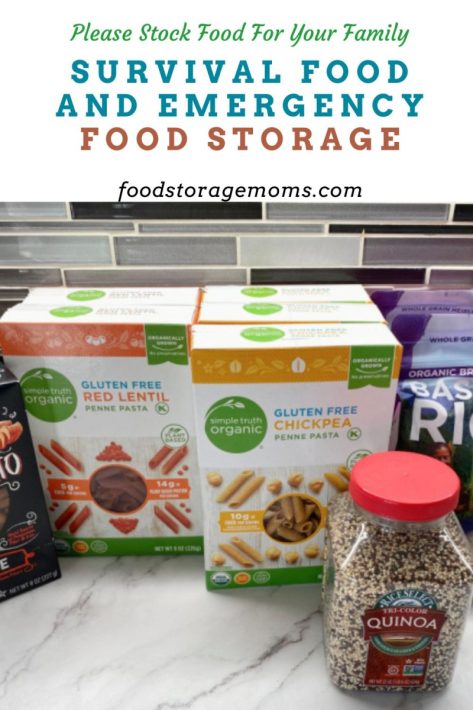
Food You Can Tolerate
We don’t want surprises and sick family members eating foods they can’t physically tolerate or don’t want to eat. I know, I can hear my dad saying, “if you’re starving, you will eat anything,” when you need to prepare emergency meals. Of necessity, we do have to consider family members that need gluten-free foods or have ingredients like nuts that cause some serious allergy issues. The downside to some of these “specialty foods” is the additional cost.
When I started my survival food stash as part of my emergency preparedness plan, I had to make a plan to match my budget and my food choices, and I had to know the right foods for Mark and me. Mark doesn’t care for sweet potatoes, but I bought a case of six #10 cans because they were cheaper by the case. I’ll eat those and love every bite! My plan was to buy one case of #10 cans every month that included the foods we both like.
In case you’re new to this, a #10 can is 6.25 inches in diameter and 7 inches high. I appreciate the fact that Thrive Life came out with a Pantry can that is 4 inches in diameter by 5.5 Inches high. For the last two years, I’ve been purchasing pantry-sized cans because they are smaller, cheaper, and easier to store for just the two of us.
I mainly purchased things like fruits and vegetables. When I started buying food storage items there weren’t any organic or non-GMO choices for any emergency food storage items. It’s great now because several companies offer Non-GMO food items, as well as certified Organic food in #10 cans.
I purchased freeze-dried cheeses, freeze-dried meats like chicken, beef, and tuna, freeze-dried fruits like blueberries and strawberries, and freeze-dried vegetables like corn, beans, and tomatoes. They aren’t organic and may be GMO. What can you do when certain companies own the seeds of so many plants? I’ll still eat the food in those cans, I can’t afford to replace them. That would be wasteful.
Emergency Survival Food Storage
Freeze-Dried vs Dehydrated
Freeze-dried foods are more expensive, but they use less fuel and water to prepare meals at home. Dehydrated foods typically need water to cook them and are a lot cheaper. But dehydrated foods will use more fuel to heat the meals to be able to eat them. This is where you have to weigh your options.
The more dehydrated food you buy the more fuel you will need to make the hot water for rehydration. If you have the sunshine, I highly suggest a Sun Oven. This gem uses zero fuel, yay! But if you rarely have the sunshine needed to make them work, don’t buy one.
I’ve tried just about every emergency survival food storage item on the market. I’ve been blessed by many companies giving me boxes to try and then writing a review about them. Whatever you decide to buy, please look at the ounces in each can and the cost of shipping. Not all #10 cans are equal in price, quantity, and high quality. Look at the ingredients to compare them. Here are just a few of my favorite companies.
Honeyville, Thrive Life, Mountain House, and Valley Food Storage, to name just a few. Now, emergency food storage is awesome, but we need water to go with it.
Water Is Critical
By now you know that the American Red Cross recommends one gallon per person per day. I highly recommend four gallons per person per day. We need water to hydrate ourselves, cook meals, maintain personal hygiene, and possibly at least wash our underwear.
Emergency Survival Food
Please keep in mind, this is a very short list, as in basic essentials, but we need to start somewhere, right? Many of these items are considered perishable food, so we need to plan our storage containers and shelf-life accordingly. Keeping an active inventory with a scheduled inspection and rotation as necessary is very important. Being able to keep the food free of moisture, pests, and bacteria can’t be overemphasized.
Living here in the Salt Lake City, UT, area means we don’t have to deal with humidity as you would in states like Florida, but we still need to have things stored in air-tight containers whenever possible.
1. Instant milk:
This is perfect for your morning cereal or to use when baking. Even in an emergency situation, we like to keep our routines as normal as possible, so being able to serve milk as part of our emergency food supplies, means a lot.
2. Baking powder:
We need this for making cakes, muffins, and so many other baked items. Check the dates and rotate as needed. I NEVER buy large containers, please remember that fresh is best for taste, texture, and overall consistency.
3. Baking Soda:
Here again, we need this for so many recipes, stock it, and rotate it. I always try to think about the shelf-life of what I am purchasing so I can get the best long-term food storage possible.
4. Bread or White Flour:
Please learn to make loaves of bread, dinner rolls, and cinnamon rolls. It’s a skill everyone needs. I bet you love the smell of warm bread coming out of the oven!! I consider flour to be more of a short-term food supply item. I use bread flour most of the time rather than all-purpose flour in my food supply. I get very good results, no matter what I’m baking.
5. Salt:
Salt is used for seasoning, baking, and so much more. Keep it dry, DO NOT USE Oxygen absorbers or you will have a brick of salt. If properly stored in an air-tight bucket or another suitable BPA-free sealable and durable container, it can be considered a long-term storage item you can count on.
6. Honey:
Real honey is one of those foods that can last forever. Please store your honey in glass jars with a quality lids, plastic containers will crack. Yes, I’ve had plastic containers crack and leak in the pantry. I must suggest, if you do buy honey in 5-gallon containers, please transfer the honey into quart-size wide-mouth (preferably) jars because the honey will crystallize and it’s easier to deal with when in smaller quantities.
Here’s the deal, you don’t want to have to chisel that honey out of a 5-gallon container. You can “soften” your honey a lot easier in quart-size jars in a pot of warm water or set the jars outside in the sun.
7. Sugar:
We all use sugar for baking, cooking, and everything in between. I also stock Stevia in the Raw for treats with fewer calories. Even in disasters, we all like sweet comfort foods. A natural disaster can come in forms, like a hurricane, flood, wildfire, snowstorm, earthquake, and more. It’s nice to know we can make something everyone will like, as long as it’s safe to do so.
8. Spices we love to use:
I wrote this post that may help you get started, 33 Essential Spices I Recommend Stocking Up On Spices come in handy when you make a family favorite snack, so have a variety you can put to use when needed.
9. Vanilla:
Oh, vanilla is one of the best things to stock. I use it for baking, cooking, and so much more!
10. Unsweetened cocoa:
Oh my gosh, I stock quite a bit of this because I love my homemade hot chocolate, cookies, and cakes.
11. Oils-coconut, olive oil, etc.:
Everyone has their own favorite oils, I buy oil in small containers (about 1 quart) because I still believe that fresh is best. I have read where people freeze or refrigerate their oil. As with so many food items, try to store your oils in a cool and dark place like a basement to help maintain a longer shelf life.
12. Chocolate (this is my very important treat):
This one needs no explanation, I love dark chocolate, then milk chocolate. Life is good with your favorite chocolate!
13. Pancake Mix:
You know, when my girls were little I made pancake mix from scratch. Then I discovered Krusteaz from Costco, which was a game changer for me. I store the bag in the freezer to keep it fresh.
14. Pancake Syrup:
I truly believe I’m a Pancake Syrup snob. I wish I wasn’t but I grew up on Log Cabin maple syrup and it’s still my favorite. Oh, and we heat it up a bit, it’s so good.
15. Rice/Quinoa/Lentils/Pasta/Oats:
These are the items to store to fill the belly, so to speak, and yet be healthy at the same time. This is why it’s critical to cook from scratch.
16. SAF Yeast:
This is the only yeast I buy, I freeze several pouches in the freezer. If I open one pouch, I place the yeast in a glass jar and place it in the refrigerator. Yes, you can make sourdough bread without yeast, but it’s nice to have options.
17. Hard White Wheat:
If you can afford a wheat grinder and want to make whole wheat bread you will save so much money. Of course, if you have gluten issues this won’t work for you.
18. Beans:
Dried AND canned beans such as pinto, refried beans, black beans, garbanzo beans, kidney beans, chili beans, etc.
Ready To Eat Food
Here’s the deal, you can buy ready-to-eat cans of food that you don’t need to heat on your stove in a pinch, like a chili, beef stew, green beans, canned corn, fruit cocktail, canned peaches, canned pears, and so much more. Peanut butter and jam are great for this section too.
Extras For The Pantry
And don’t forget spaghetti sauce, tomato sauce, or tomato paste. I love Rotel tomatoes, diced tomatoes, and green chilies. Every time you pick up a can, think about this, will I eat this? Can I prepare a meal with this? Mayonnaise, Miracle Whip, and pickles are great to add as well.
Garden
Please stock the garden seeds you can grow. Where I buy my garden seeds: SeedsNow
If you have a garden and learn to produce enough to preserve the harvest by water canning or pressure canning, you rock! There is nothing more exhilarating than seeing quart jars lined up on shelves that you canned yourself.
Please be aware, I’ve seen some blogs that are teaching you how to can butter, eggs, and bacon. They are not safe to eat. Others will question this comment, but when I took the classes to get my Master Canning Certificate that is exactly what the professional canning instructor told us.
I remember one ICU nurse saying, “If they can those foods I hope they make it out of the ICU alive when they can and then eat those foods.” Here is the best USDA Canning Book I recommend you use. The spiral-bound one is awesome!
Another excellent canning book I recommend is The Ball Canning Guide.
Final Word
There is something about having a garden to add items to your survival food kit and emergency food kit as part of your storage plan. But we also need to have the skills to cook from scratch. If you can learn to make bread, tortillas, or crackers you can survive with the foods I have listed above. Of course, this is a very short list, but it gives you an idea of where to start with a few cans here and there. Thanks for being prepared for the unexpected. May God bless this world, Linda

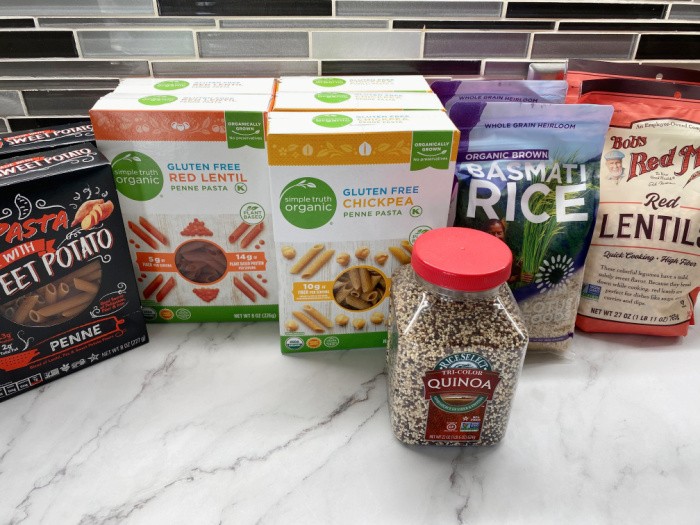

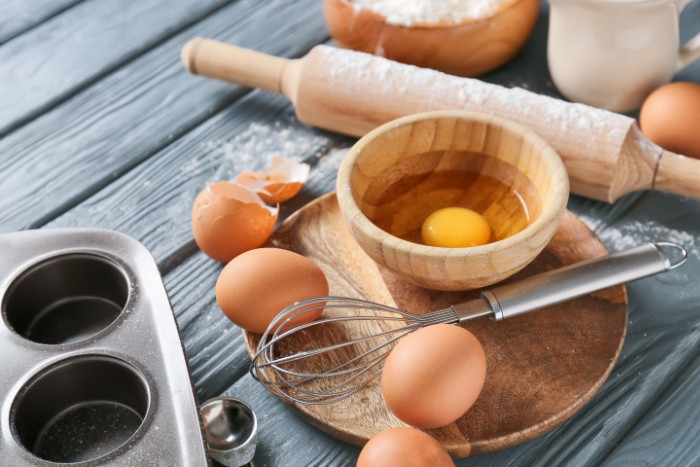
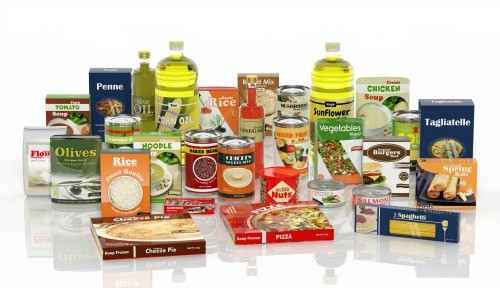
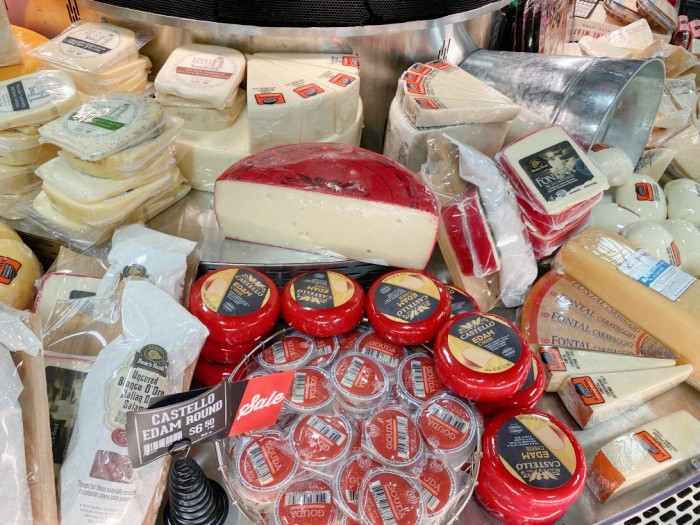
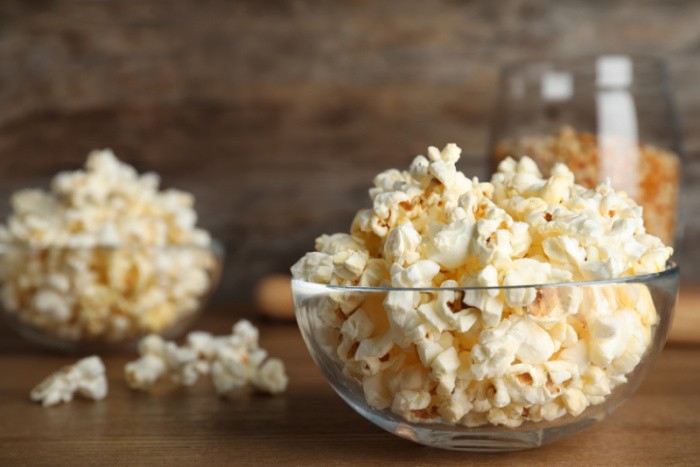
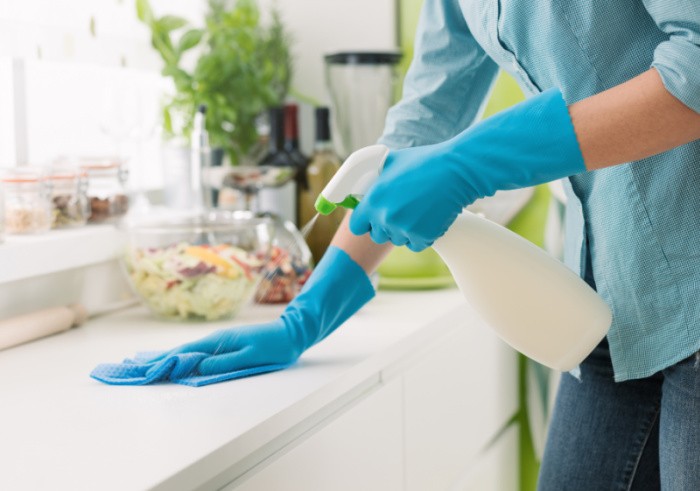
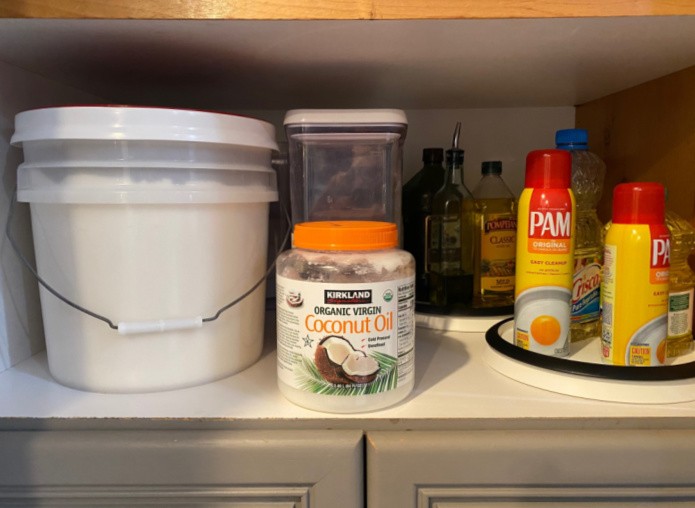
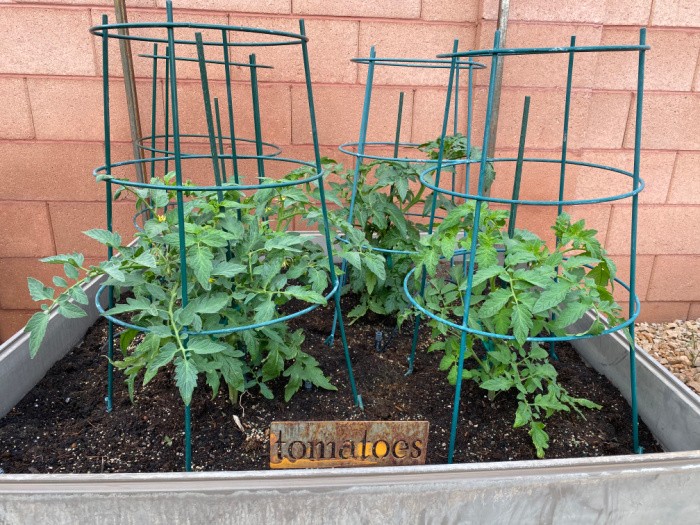
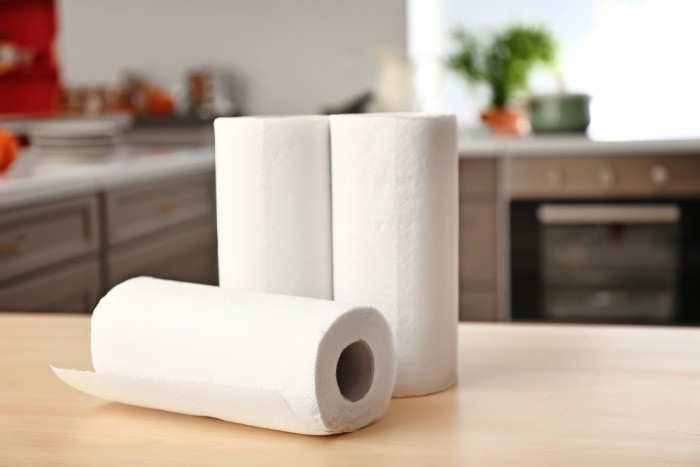
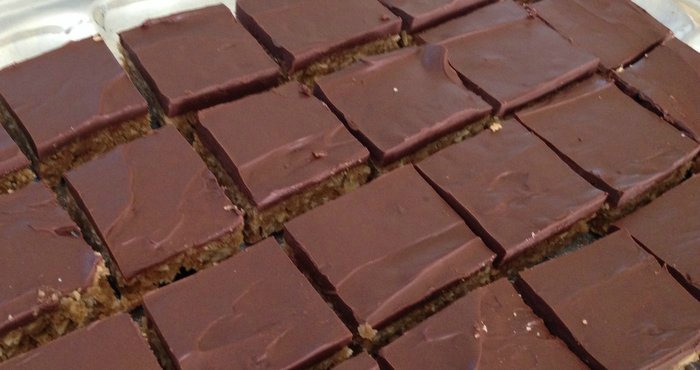











Happy Mother’s Day to you Linda, tomorrow and every day.
Thank you so much for all you do and all the information you impart to us. I am so grateful for these great newsletters and the advice to be prepared for life. You are correct that we must provide for ourselves and our family. We have had such a long time of prosperity that the memories of long food lines are long gone and the folks born after that time do not have a clue of the hardships our parents, grandparents and great grandparents endured.
Respectfully,
Kathie
Hi Kathie, thank you for your kind words! They mean the world to me! It’s interesting, we have had a long time of prosperity and it’s going to change and very soon. Some people have no idea how to cook from scratch or take care of themselves. May God bless them, the government can’t take care of us. Linda
Happy Mother’s Day, Linda. Love your website. Actually look forward to your email every day.
Hi Kristen, you are so nice! Life is so good when I have readers like you! Happy Mother’s Day!! Linda
Concerning the dehydrated foods, could you let it sit in the water for a period of time to soak, rehydrate some before cooking. Wouldn’t that cook faster and use less fuel? We do that with oatmeal overnight or a few hours.
Hi Lee, oatmeal is so different than dehydrated food. I would try experimenting with a few foods. It will still take more fuel to cook it. Linda
Lee, you will save cooking time if you soak dehydrated foods, especially overnight. Not any different than soaking white beans for soup, with one exception: with beans, most people drain the soaked beans, throw out the water, then soak again/cook the beans. With other dehydrated veggies, save the water as it can be used to make vegetable broth. A lot of nutrients will be in this water! Oh, and flavor too for stews, etc.
Hi Wendy, great comment, thank you, Linda
Happy Mother’s Day, Linda! So appreciate all your newsletters!
I was able to find an All American Pressure Canner last month. Will be getting the book you recommend soon. I have water bath canned jams and jellies, but never used a pressure canner. I will be teaching my daughter in law and grandchildren once I am comfortable with the process!
My gardens are doing fairly well so far. We did get invaded by some black grasshoppers ( locusts, i think) last year. These have begun showing up again this spring. I had seen on one of my gardening sites that grasshoppers don’t like agricultural lime. I bought some pelletized lime and sprinkled in my raised beds and tub gardens. So far, the lime is working. I do apply a bit more every couple of weeks as we get so much rain at this time of year here in NW Florida.
Thank you again for all the information you provide. I print out many of them, especially the lists and recipes! And I forward the newsletters to several of my friends!
HI BDN, you are so nice!! I’m so excited you got an All American pressure canner! I LOVE hearing you will be teaching your daughter and grandchildren to pressure can!! Yahoo!!! I need to get some of that lime! Great tip!!! Happy Mother’s Day!! Linda
I would als suggest for gardeners to store an heirloom seed vault. Many are organic/NON GMO. This way if you know what hits the fan, gardeners can still garden. It might also be good for non-gardeners!
Hi Leanne, you are so right, let’s hope people understand the need to learn to garden and store seeds. Great comment! Happy Mother’s Day! Linda
Hi Linda,
I came across your site as I was researching food dehydrators for the thousandth time, I have been a fan of freeze dried for the past 20 years or so for emergency stores, and have been told that I need to have a dehydrator. I can make jerky in the oven, and I can air dry herbs, canning is an option, but I always feel like I am missing out.
Thank you for the real facts about dehydrated food- they don’t last like freeze dried, the nutrition is not protected, and if you have a monster crop of peaches, you can air dry between screens if you want to dehydrate.
I am seeing so much to love on your site, and I will be a frequent visitor, so thanks for being here! Karen
Hi Karen, oh my gosh, thank you for your kind words! I have a lot of freeze-dried food but the prices are out of sight right now. I love dehydrating it is so fun! My kids and grandkids love to snack on the food I dehydrate. Dehydrated food is good for one year, maybe a bit longer but then we should dehydrate the new crops. A monster crop of peaches sounds awesome! Stay safe, Linda
Hi Linda:
I am sorta getting mad at my husband. We have over 1500# of dry beans yet he insists on buying canned beans when we make chilli and to me the mix of beans we have are much better than the canned. That is because I mix about 15 different types of beans and it makes it taste so much better. I think I will look in my book and see how to can dried beans so we don’t waste them. I am not crazy about Pinto Beans but I can put up with them if they have the other beans mixed in with them.
Hi Jackie, pressure canning beans is quite easy. I love pinto beans, I just add spices and a little salsa!! Linda
This is just a thought, that may or may not have value. When we were thinking about a power outage, we had multiple plans….. Plan A, our whole house generator, backup plan B, our fireplace, flashlights and extra batteries, plan C, our backup plan has a backup, fur blankets, jar candles. Maybe for those who are just starting out, it should be the same way….. basics, water, peanut butter and jam, crackers, eggs and can soup, plan B, more water, tuna, canned chicken, bread, cheese, building a pantry slowly, not becoming overwhelmed, making rotating second nature, building food supplies in a way that will serve for a small emergency, like a snow storm, up to a major emergency. What do you think Linda?
Hi Chris, you nailed it! We don’t have to start out big, we can slowly add the items we need. Choose some food we will eat and of course water. Depending on where we live you may need a full-house generator. Or just a generator with an inverter. We can do it, we just need to start with baby steps. Then gear up as we go. Great comment, Linda
The details are slowly emerging that hundreds of people left their home during a Blizzard because they had failed to give any thoughts of how to survive just 3 days on their own, in their homes. I can’t imagine how these people would survive a long term serious emergency.
Hi Chris, oh my gosh, this really is a sad scenario. You would think people would have at least 3 days of food in their homes. Many do not, I get emails from women in various churches asking how to light the fire under their members to plan ahead. When the pandemic hit, one church member was delivering one to two rolls of toilet paper around the neighborhood because back then there was a shortage as we all know. There is no way I would be asking someone for a roll of toilet paper, I’m shaking my head right now. There are no words. You would think people would NOW know to have some oatmeal, pancake mix, tuna, and the ability to make peanut butter sandwiches. Or whatever their family eats. I bett er get off my soapbox. Life is good when you plan ahead and do not have to depend on others. Linda
Chris,
That is an absolutely great idea for beginners. I am going to borrow it and pass it around to folks I know that are wanting to start preparing but seem overwhelmed by the current info they see on many preparedness websites. Simple and to the point rather than great detail that seems daunting to newbies. Hope you are staying warm. Found out that our good neighbor across the street is originally from your area. Small world!!
I thank you Linda and Harry for your kind words. I realize my preparations will never compare with the two of you, Matt, Ray and others. I know the thought of #10 cans or food with a 25 year life span would overwhelm me, but 6 months to a year, I can do. Anything I can do is better than nothing. I don’t know what it will take to reach others.
Hi Chris, luckily I purchased several #10 cans years ago when they were cheaper I had them delivered every single month. Now I have Pantry size cans delivered every month. I only purchase stuff I will use in my recipes. I do not buy #10 cans now, the prices are ridiculously high. All food is expensive, it’s so frustrating. We just do what we can. You are rocking it! Linda
I would add to this list – Store the food but also include recipes! when things are chaotic, we can forget some of the most basic information. I have a binder in with my stored foods that has recipes for how to use just about all my long term stored foods but also basic recipes like biscuits, pancakes, etc. I just know that I will forget how to make biscuits from scratch in an emergency!
Hi Leanne, that is so true!! Please print out your favorite recipes and put them in a box or a binder. Great comment! Linda